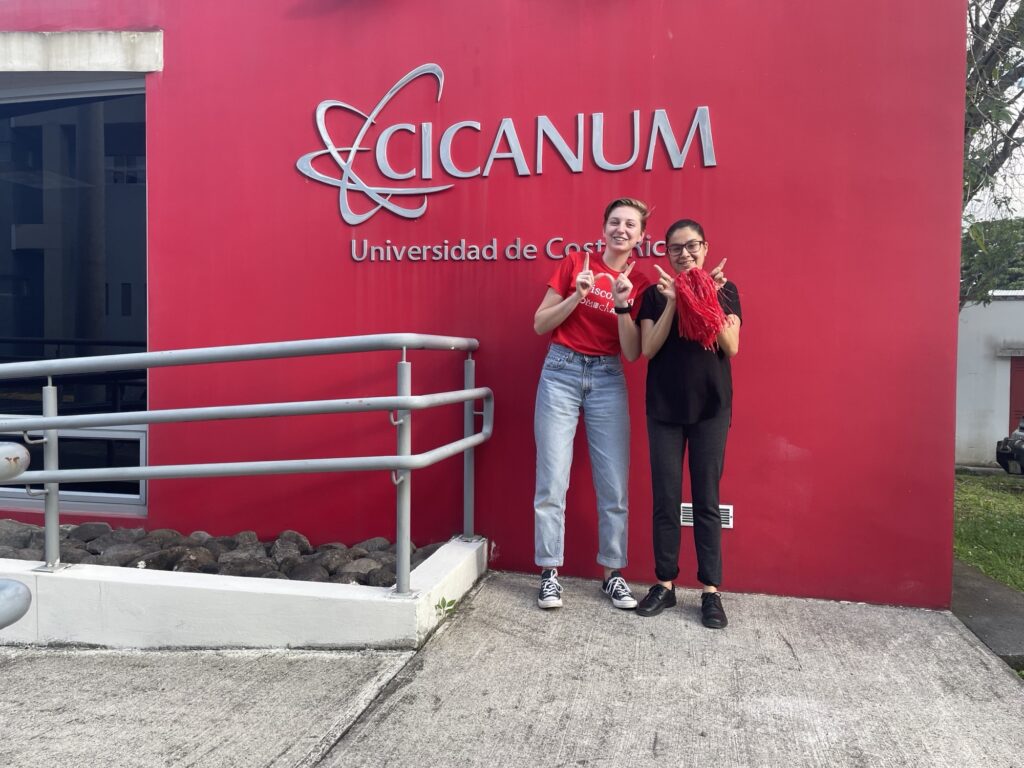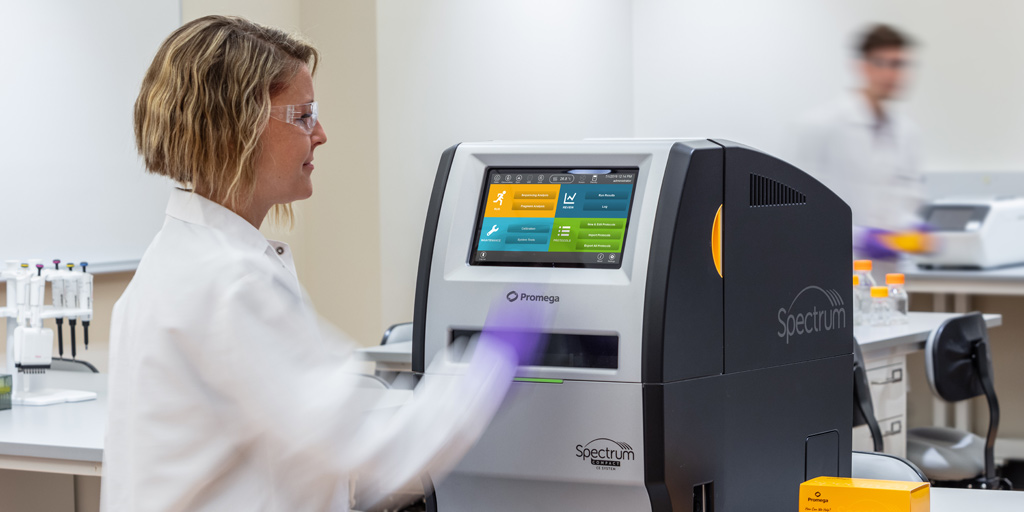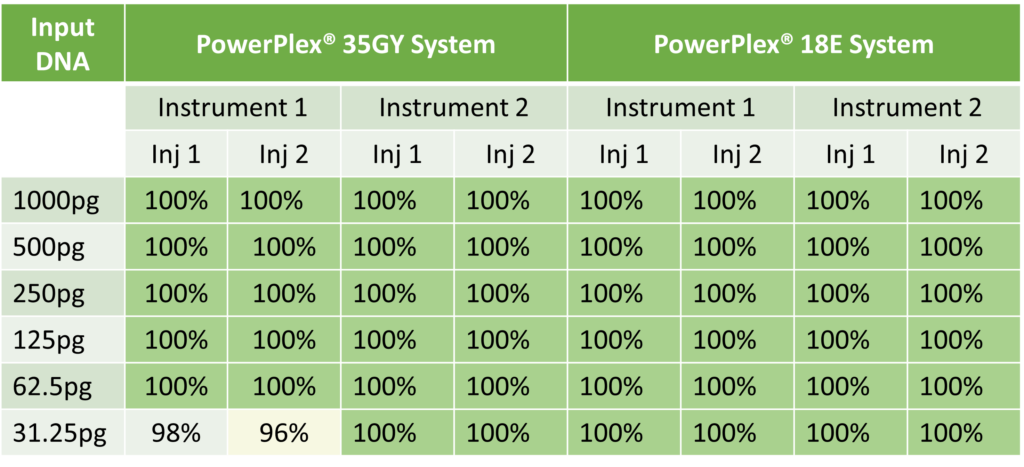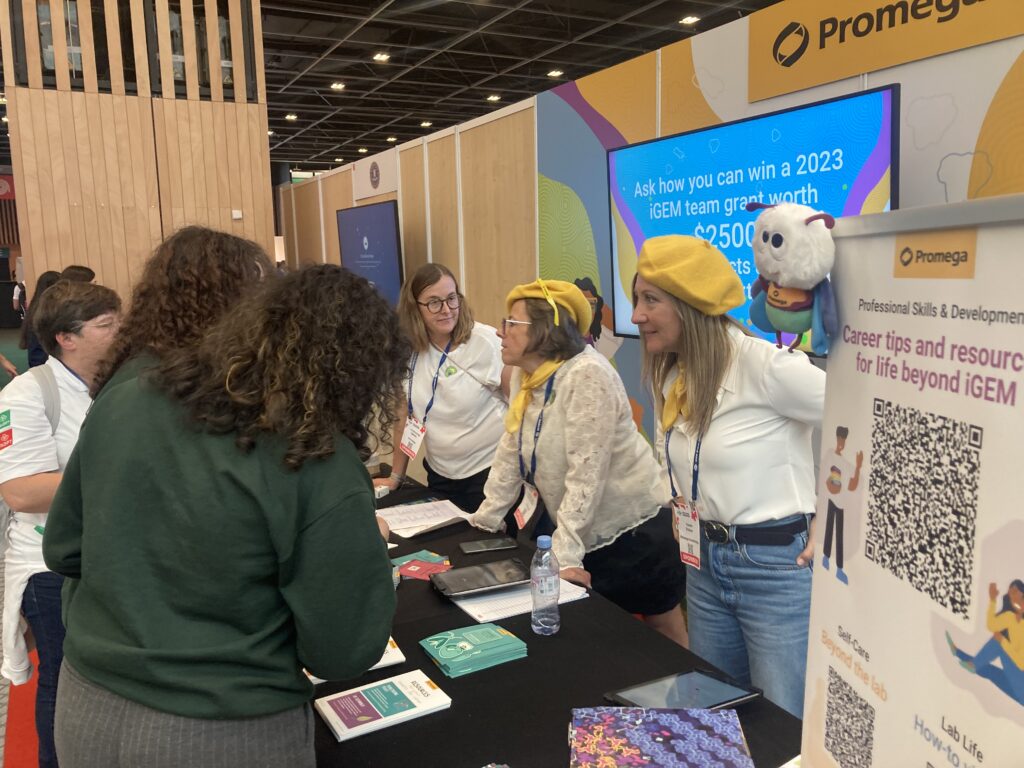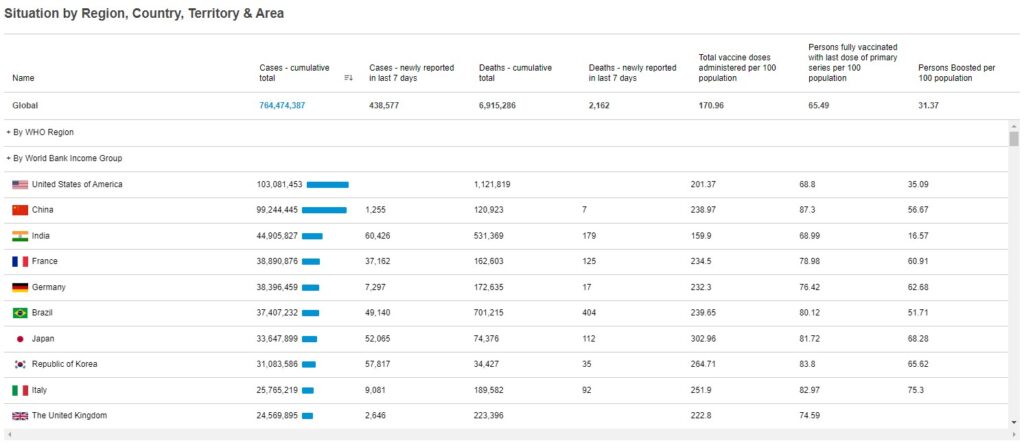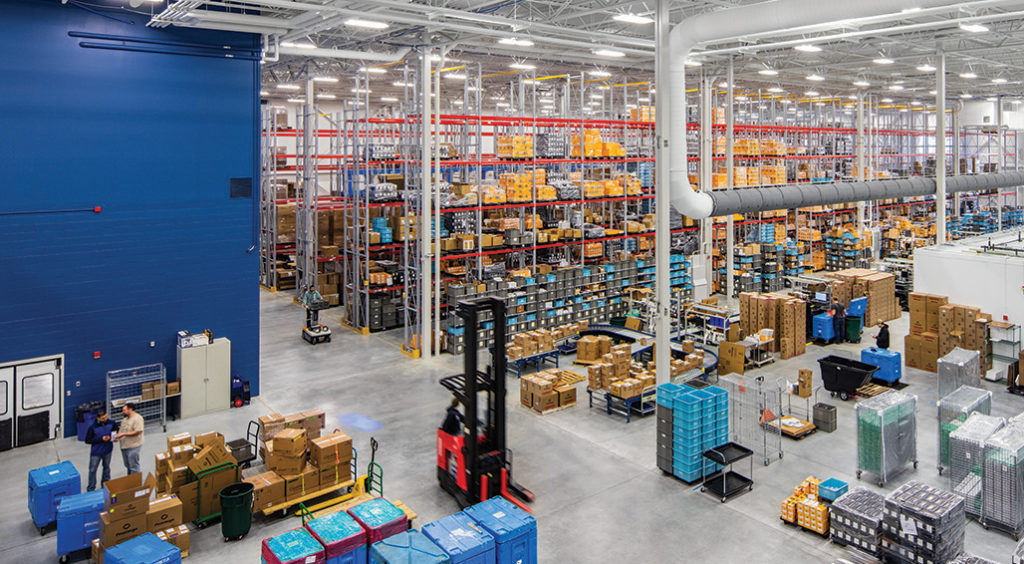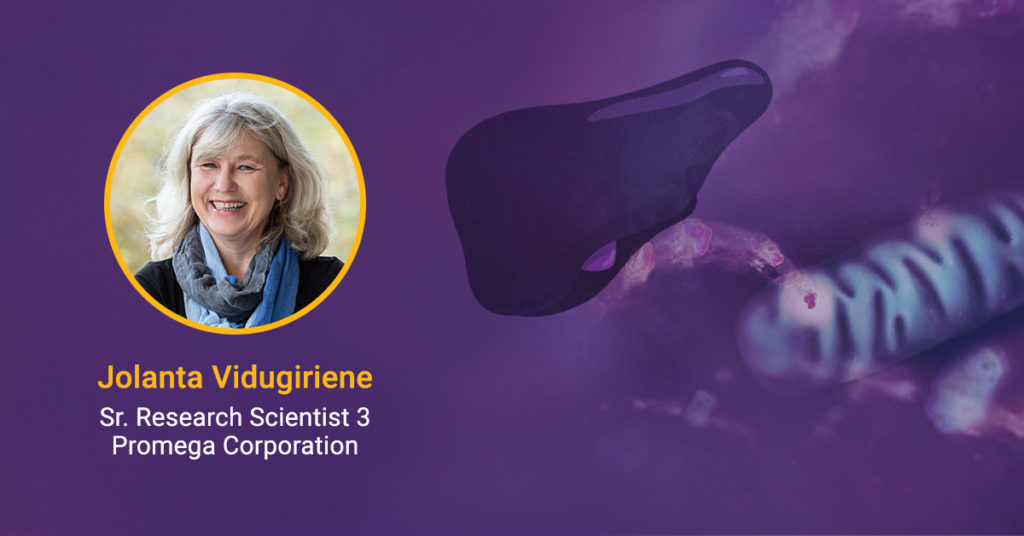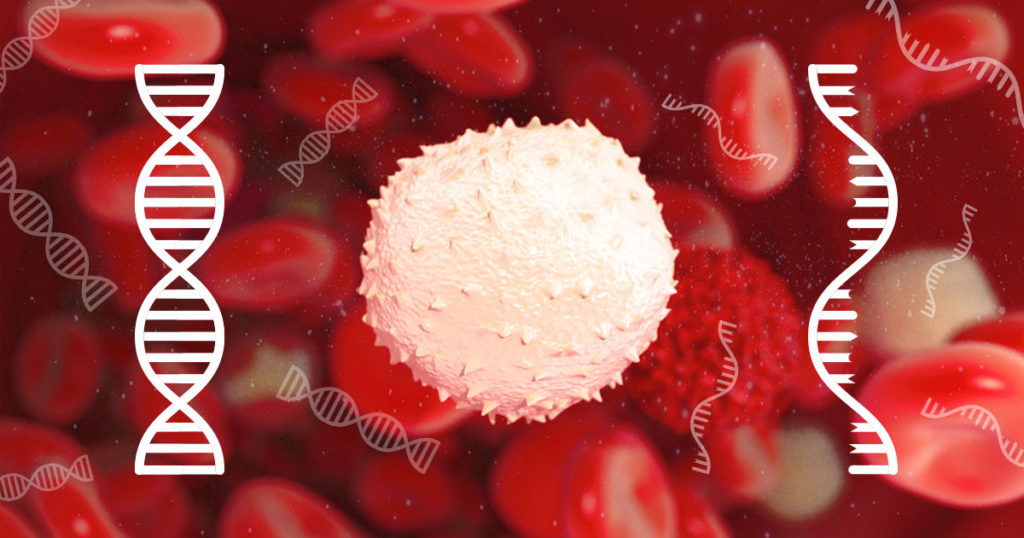This guest blog post is written by Poncho Meisenheimer, Vice President of Research and Development.

I got into an argument with ChatGPT this morning.
That’s not unusual. I argue with ChatGPT a lot. In fact, that’s usually my goal.
As a scientist and a leader, it’s important to pressure-test my ideas. I need to account for biases, identify limitations, and strengthen weak points. Large language models like ChatGPT have given me a powerful tool in my pocket to become a better version of myself.
The advent of generative artificial intelligence has changed our world. We can’t keep doing things the way we did even only a year ago.
Promega is embracing AI. Every department is finding groundbreaking and responsible ways to deepen their impact using our ChatGPT enterprise license. As the Vice President of Research and Development, I have been working with our scientists to think beyond simple queries and imagine new horizons we can explore with these tools.
Make no mistake: I don’t think that ChatGPT and other AI tools can, will or should replace human scientists. Instead, they will empower all scientists to ask more ambitious questions and uncover new answers. They will upend our current paradigm about what science is and how it operates, and will help us build an even deeper understanding of the world around us.
Continue reading “AI in the Research Lab: Where We Are, and Where We’re Going”